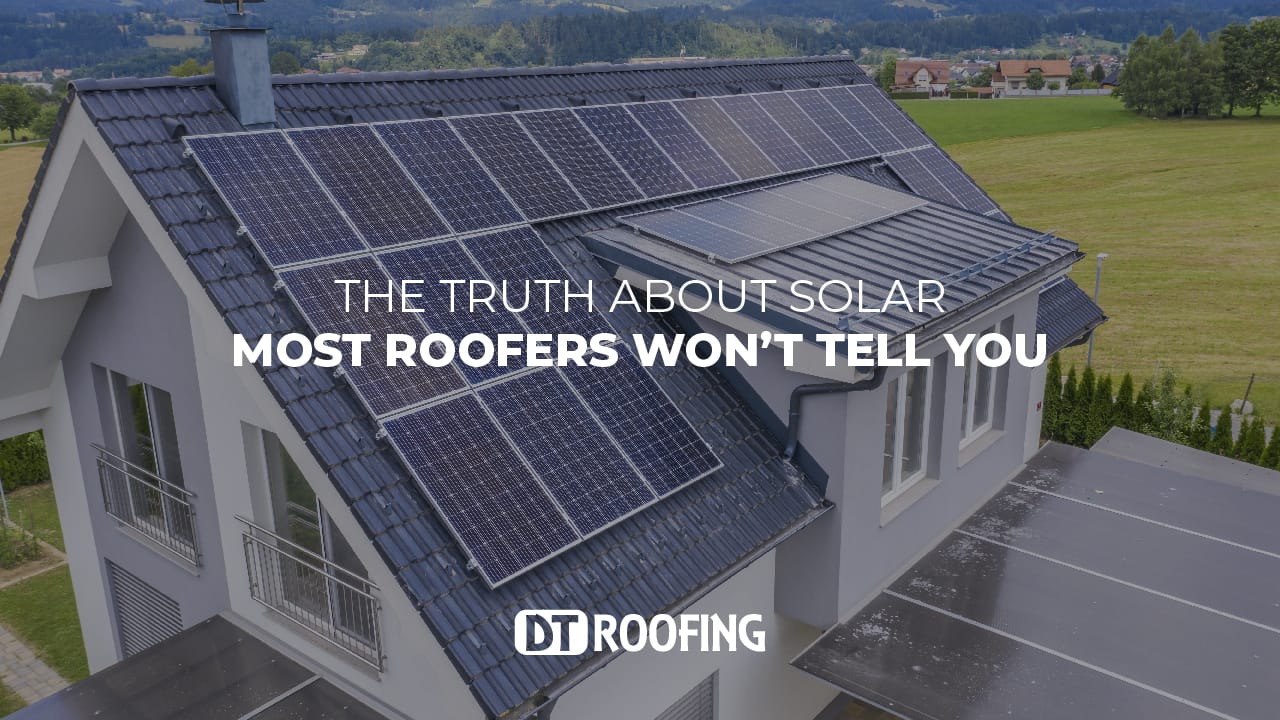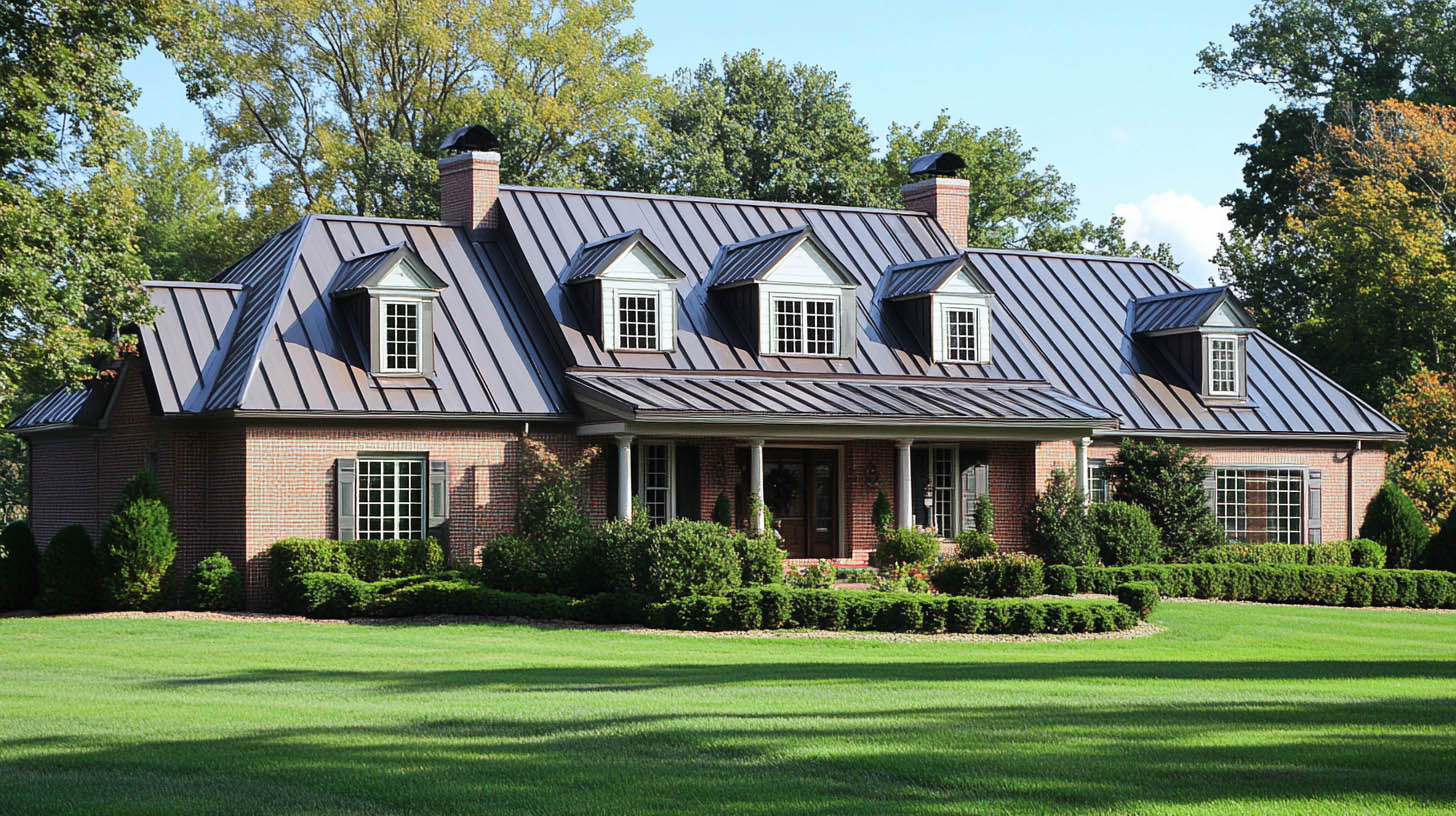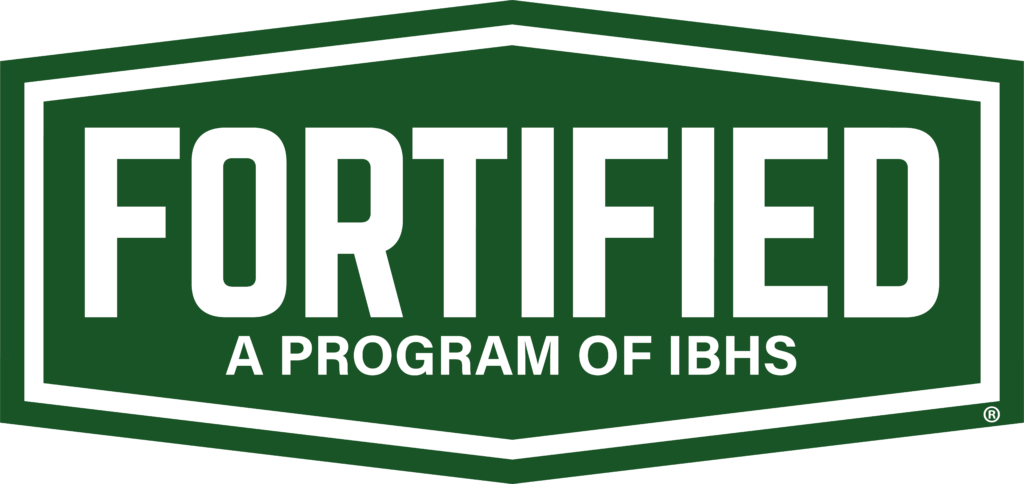
How Your Roof Affects Home Energy Efficiency
When people think about energy efficiency, they often consider appliances, insulation, or windows—but one of the most overlooked contributors to a home’s energy performance is the roof. In a climate like Stephenville, TX, where the summer sun is relentless and seasonal storms are unpredictable, your roof plays a critical role in maintaining indoor comfort and controlling energy bills.
At DT Roofing, we educate homeowners every day on the real impact their roofing system has on heating and cooling costs. A well-designed, properly installed roof can dramatically reduce your monthly utility bills while extending the life of your HVAC system and making your home more sustainable overall.
The Roof as a Thermal Barrier
Your roof acts as the largest barrier between your home and the outside world. It is your first defense against solar heat gain during summer and heat loss during colder months. The way your roof handles this thermal exchange directly affects how hard your HVAC system must work to keep your home comfortable.
If your roof allows excess heat to seep into the attic during summer, your air conditioner has to work overtime. In winter, if your roofing system allows heat to escape, your heater must cycle more frequently to maintain a consistent temperature. Either scenario results in higher energy usage and utility costs.
Roofing Materials Matter More Than You Think
Different roofing materials have different levels of reflectivity and insulation. In areas like Stephenville, choosing materials that reflect sunlight and resist heat absorption can have a dramatic effect on energy efficiency.
Asphalt Shingles
Standard asphalt shingles are popular due to their affordability and ease of installation, but they tend to absorb heat unless they are specifically designed with cooling granules. Choosing cool roof-rated asphalt shingles, which are engineered to reflect more solar energy, can reduce surface temperatures by as much as 50°F.
Metal Roofing
Metal roofs, particularly those with reflective coatings, are excellent at deflecting radiant heat. Standing seam metal systems are especially effective in this regard, offering both durability and superior energy performance. While they cost more upfront, they can reduce energy bills by up to 25% in hot climates.
Tile and Slate
These dense materials provide natural insulation and have high thermal mass, meaning they absorb heat slowly and release it gradually. While heavier, they are effective for managing both heat and cold and are ideal for climates with extreme temperature swings.
Ventilation: The Unsung Hero of Energy Efficiency
Proper attic ventilation is essential to regulating your home’s internal temperature. Without it, heat can accumulate in the attic space, pushing temperatures up to 150°F during summer. This heat eventually seeps into your living spaces, causing your cooling system to work much harder.
A well-ventilated roof uses a combination of ridge vents, soffit vents, and sometimes gable vents to allow hot air to escape and cooler air to enter. This continuous airflow prevents moisture buildup, reduces thermal load, and prolongs the life of your roofing materials and HVAC system.
Insulation: Working Hand in Hand with Your Roof
The effectiveness of your roofing system is also influenced by attic insulation. Without adequate insulation, even the most reflective roof won’t protect your interior environment from temperature fluctuations. Fiberglass, cellulose, and spray foam are commonly used to insulate attic spaces and help maintain a consistent indoor temperature year-round.
Many older homes in Stephenville lack sufficient attic insulation, which means energy savings can often be realized simply by upgrading this layer in tandem with a new roofing system.
Roof Color and Energy Efficiency
Believe it or not, the color of your roof can impact your home’s energy consumption. Light-colored roofs reflect more sunlight and absorb less heat, making them ideal for warm climates. Dark roofs, while stylish, tend to retain more heat and can make your cooling system work harder during the summer.
If you’re choosing new shingles or panels, consider a lighter tone or a reflective finish that aligns with the overall aesthetic of your home while maximizing efficiency.
Modern Roofing Technologies and Energy Ratings
Thanks to advancements in roofing materials and technology, homeowners now have access to products that are specifically designed to improve energy performance. Look for roofing systems that are ENERGY STAR® rated or labeled as “cool roofs.”
Products with these certifications have been tested and proven to meet higher standards for energy efficiency and heat reflectivity. While they might come at a slightly higher cost, the return on investment over time is substantial.
Long-Term Savings and Added Home Value
An energy-efficient roof not only saves you money each month—it also increases the value of your home. Buyers are increasingly interested in homes with sustainable features that promise lower operating costs and better performance. A roof designed with energy efficiency in mind is a major selling point in today’s market.
Moreover, reducing your home’s energy demand lessens your overall carbon footprint, contributing to environmental sustainability and making your property more future-ready.
Partner with a Roofing Team That Knows Efficiency
When planning a new roof or considering an upgrade, it’s essential to work with a contractor who understands the science of energy-efficient roofing. That means assessing your ventilation, insulation, roof slope, orientation, and material options to create a fully integrated, high-performance system.
At DT Roofing, we use trusted brands like Owens Corning—a manufacturer known for producing energy-efficient roofing materials that are engineered for Southern climates. From reflective shingles to properly balanced ventilation systems, we customize each roof to meet your energy and aesthetic goals.
Final Thoughts: Energy Efficiency Starts at the Top
Your roof is more than just a shelter from the storm—it’s a critical component of your home’s energy system. By making smart choices in roofing materials, color, ventilation, and insulation, you can significantly improve your home’s comfort, reduce utility bills, and even boost resale value.
If you live in Stephenville, TX, and want to make your home more energy-efficient, reach out to the experienced team at DT Roofing. We’ll evaluate your current system and help design a roofing solution that performs better, lasts longer, and saves you more over time.
Read also our blog: How Wind Can Impact the Integrity of Roof Structures










